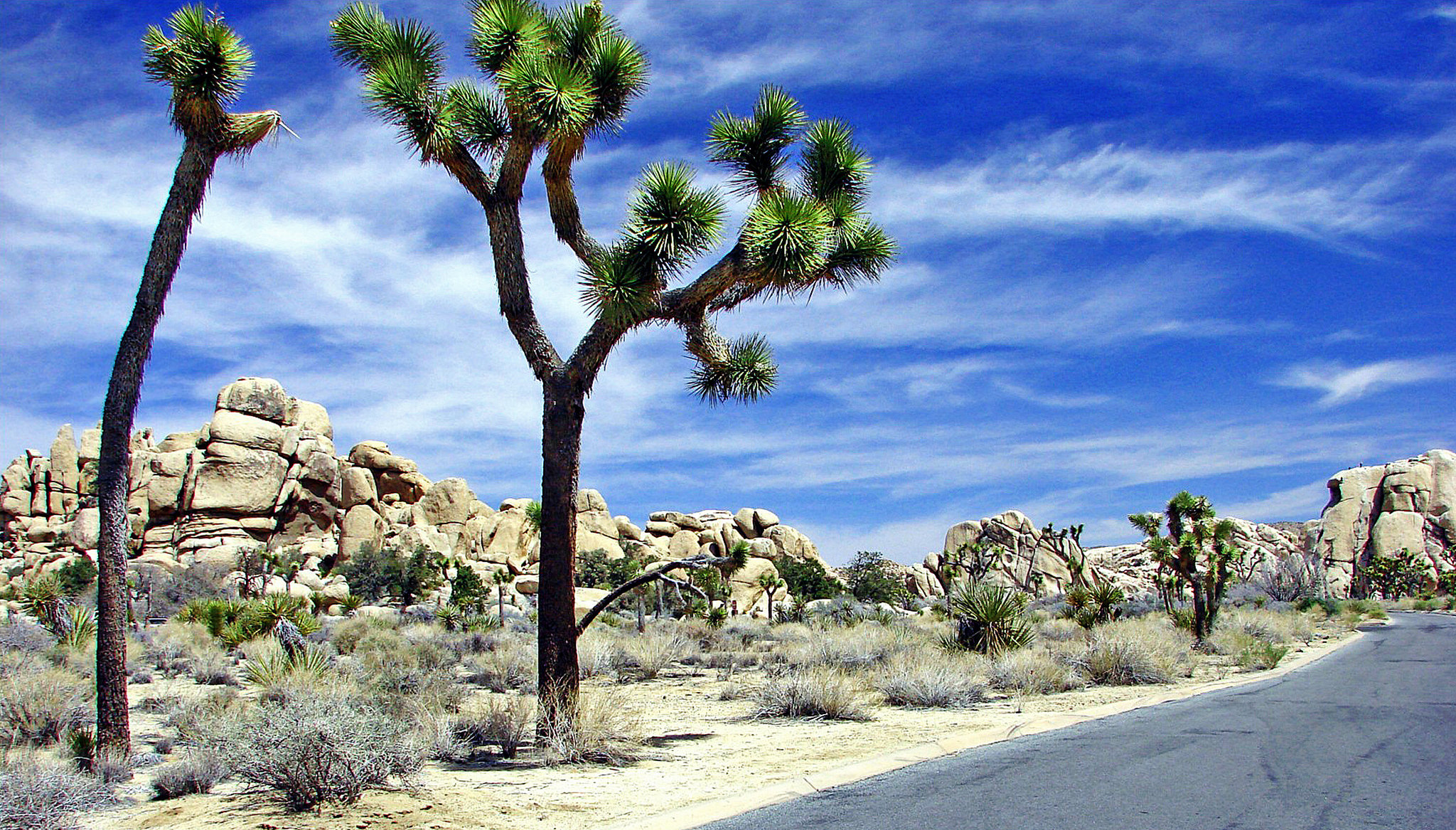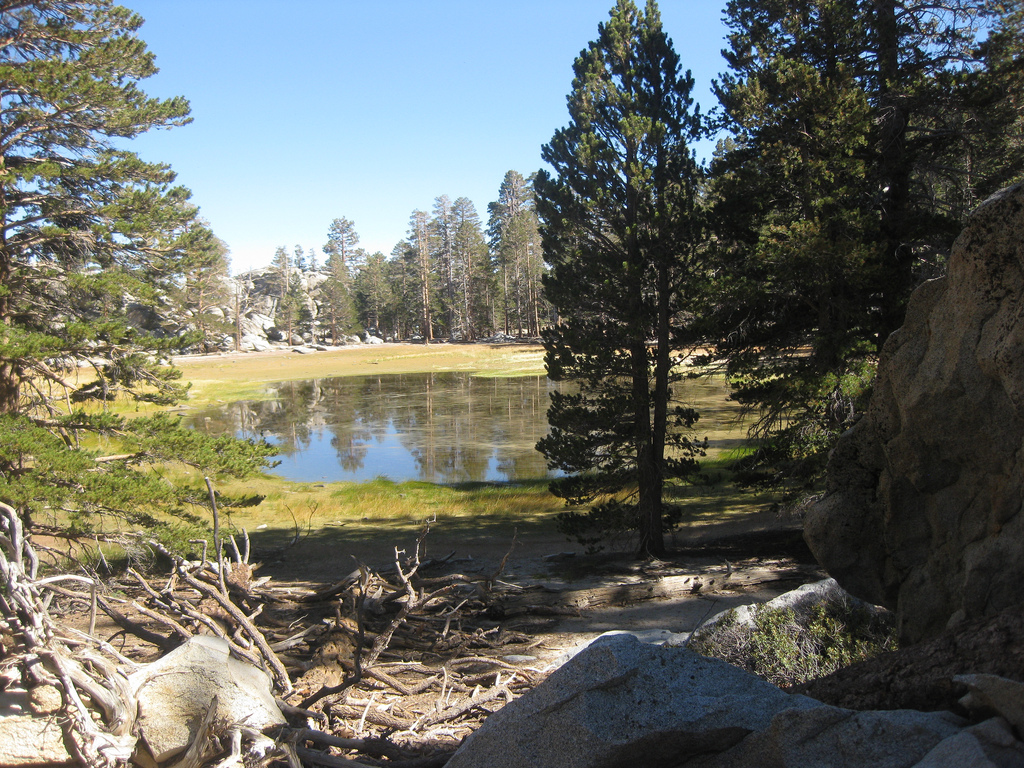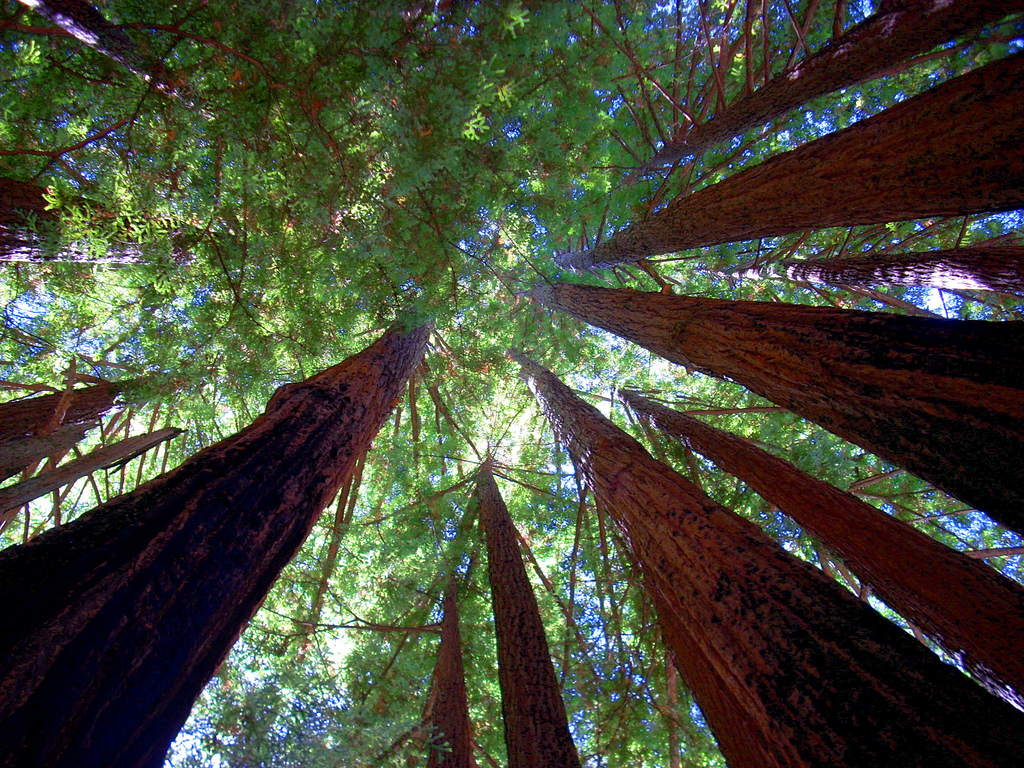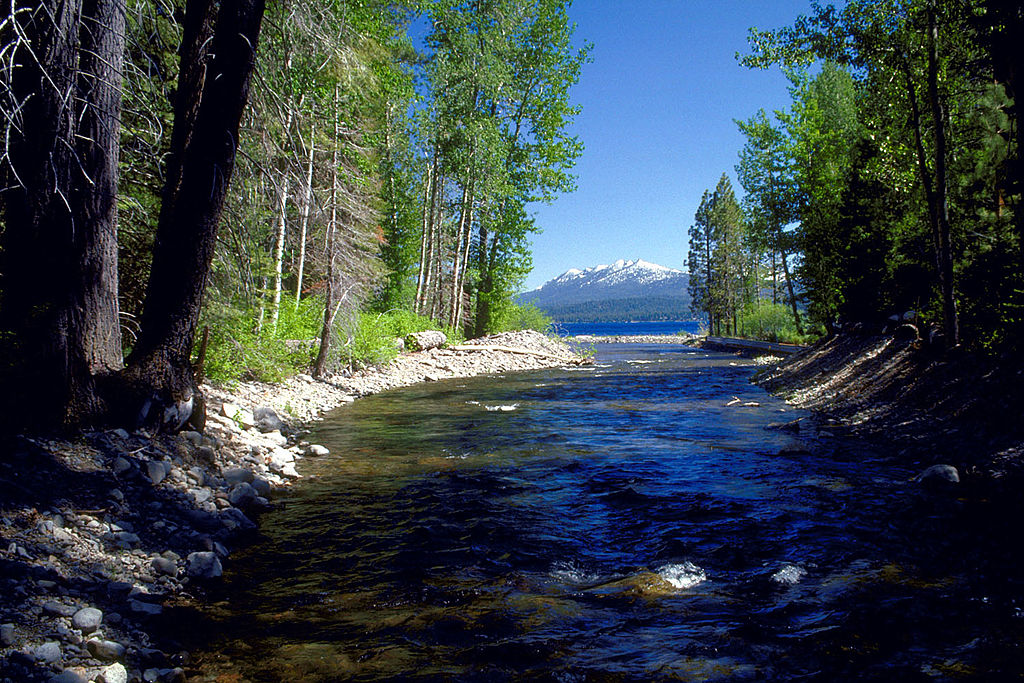The Coolest Places We're Losing to the Drought
By:
California and many other Western states—including Nevada, Arizona, and Washington—are currently experiencing a severe drought. The drought has meant water restrictions, and backlash against water-intensive foods like avocados, meat, and almonds. But is it also having an effect on natural wonders of the Western U.S.?
ATTN: asked Dr. Peter Gleick, director and founder of water policy think tank the Pacific Institute, which of California’s unique places and native species are most endangered by an increasingly hotter and dryer climate; his responses, along with a few additions of our own, proceed below.
 Don Graham - flic.kr
Don Graham - flic.kr
1. Habitable deserts
While the deserts of California are already known for their lack of water, droughts of the present and future threaten to jeopardize the delicate flora and fauna of these regions entirely.
"The most vulnerable systems in my opinion are desert ecosystems, where a little bit of water makes a huge difference, where a little bit of groundwater loss leads to the complete elimination of springs and desert oases," Dr. Gleick said. "Often these systems are out of sight and out of mind; they’re not the kinds of systems we’re paying attention to.
"Dotted throughout the Mojave Desert, there are little oases," he continued. "For example in the southern part of Death Valley, there’s a little oasis called Saratoga Springs, and it’s slowly disappearing. It typically has water all year round but in the fourth year of a drought, it’s shrunk enormously. There are endangered desert pup fish throughout the Mojave that are slowly disappearing, because the water is disappearing or the temperature is rising in their ecosystems.”
In addition to a myriad of desert wildlife which depend on a limited water supply, native desert plants are also besieged by drought. The iconic Joshua Trees of the Mojave, which grow nowhere else on the planet, are projected to lose 90 percent of their range as desert water supply continues to decline.
 Raymond Shobe - flic.kr
Raymond Shobe - flic.kr
2. Vernal pools
Dr. Gleick says vernal pools, located in the foothills of the Sierra Nevadas, along the Sacramento-San Joaquin River Delta and elsewhere in California, are another prime example of ecosystems threatened by climate change.
Simply, vernal pools are seasonal wetlands filled by rain and snowmelt from winter precipitation, which then dry out during the summer and fall. While under previous climatic conditions vernal pools had natural capacity for weathering periods of drought, human development is estimated to have wiped out 90 percent of California’s pools, and the relatively few that remain provide sanctuary for rare plants and animals unique to this region. Many of those species have been designated as threatened or endangered by state and federal agencies. Now, without reliable winter precipitation to replenish these areas, those same species are at risk of being lost to climate change.
 Richard Masoner / Cyclelicious - flic.kr
Richard Masoner / Cyclelicious - flic.kr
3. Lush forests
Before the current waves of wildfires even began, California’s abundant forests were already feeling the heat. The U.S. Forest Service estimated in May that at least 12.5 million trees have died in California’s national forests due to the drought. Millions more projected to perish by summer’s end. These severely dehydrated trees, if not slain by lack of water alone, are now susceptible to waves of invasive bark beetles, which exploit the dry trees' lack of protective resin that usually insulates them from pests. These beetles leave behind brittle, desiccated forests with the potential to spark into explosive wildfires.
The threat of wildfires to human safety and livelihood is unfortunately being felt all over the state currently, forcing thousands to evacuate while ravaging property and landscapes alike. The loss of these forests, particularly of large trees, also increases the amount of greenhouse gas emissions produced by this region, as trees which traditionally pull carbon from the air are instead releasing carbon back into the atmosphere as they dry and burn. This of course risks reinforcing the dynamics of climate change and drought which are making forests so thirsty in the first place.
 By Michael Nevins, U.S. Army Corps of Engineers [Public domain], via Wikimedia Commons - wikimedia.org
By Michael Nevins, U.S. Army Corps of Engineers [Public domain], via Wikimedia Commons - wikimedia.org
4. Outdoor recreation
Californians are used to having a rich diversity of climates and outdoor attractions where they can exercise, relax, and reconnect with nature. Unfortunately, a future of climate change-driven droughts endangers the sustainability of many of them.
At Lake Tahoe for instance, the drought has upended both winter and summer recreation. The steep decline in winter snowfall led resorts to end their ski seasons weeks early this year (shedding tourist dollars and jobs in the process), while increasingly shallow lakes, reservoirs, and riverbeds in the summer have been closed to boating, rafting, fishing, and in some cases even swimming, diminishing their lure to visitors. As regional ecosystems continue to be revised by climate change, many of these towns, now lacking their renowned attractions, will likely be forced to downsize.
How long will the drought last?
The good news is that the current drought afflicting the Western U.S. will end. "If you look at precipitation alone, the last four years have been extraordinarily dry but they’re not outside of the range of natural variability," says Dr. Peter Gleick. "We have wet years and dry years normally and there’s a long history of droughts and floods." While Dr. Gleick emphasized to ATTN: that there’s still ongoing debate over the causes of the present drought, he believes there’s no question over whether climate change is making the drought worse: "The last four years have been unusually hot, and that’s the climate change signal."
A highly anticipated El Niño is projected to bring winter storms to the West, says Gleick. "What’s not clear is what that means for precipitation, especially in Northern California," he explains. "El Niño pretty clearly brings rain to Southern California, but it doesn’t always bring more rain or snow to [the north]."
"Statistically two-thirds [of El Niños] are wet in Northern California, but a third are dry," he continued. "We’re cautiously hopeful that the El Niño that’s developing will bring more snow to Northern California, but there’s no guarantee. We’re in a very deep hole water-wise. Even if it’s a wet year, we have more than one year to make up. We can hope that El Niño is going to help us out but we better not count on it."
A third of California’s water supply comes from melted snow, so a lack of winter precipitation aggravated by higher regional temperature could significantly diminish the amount of water relief El Niño brings to the state.
So even though rainy seasons are expected to return to the West, climate change is remaking Californian ecosystems which depend on a wetter environment. “The risk is that the droughts of the future will be worse than they would otherwise be because of climate change,” says Gleick, “and there’s a risk that they’ll be more frequent. Climate change is just getting worse and worse, and that’s going to influence our water conditions into foreseeable future.”
Rains may fall, but unless systems of water reclamation and reuse are made more efficient, certain natural habitats may be erased by reoccurring drought. “There’s ways of both cutting demand and increasing non-traditional supply, but we’re still too dependent on the traditional systems, and that’s not good news for vulnerable ecosystems,” says Gleick. “Now we’ve crossed thresholds where things that were just endangered may disappear, and it might be an ecosystem, it might be a desert watering hole, but it might be a species, and some of those [losses] are irreversible.”
What Can We Do?
“First we must understand where the greatest vulnerabilities are, then we as individuals, as communities, and as the state, have to protect those things," says Dr. Gleick, "and we do that by reducing our demands for water from the most vulnerable systems, but we’re not doing that now."
"We continue to over-pump groundwater in the most vulnerable areas such as the desert," Gleick continued. "One way we can cut demand is by improving efficiency, by expanding reuse of water and use of treated wastewater. But some of these really vulnerable systems require state or federal protection, and that’s a bigger policy question, which requires people getting involved in debates about water policy at the state level."
Political action may be required to make sure we save these important ecosystems. "Sometimes the answer is political involvement; it’s working with environmental groups, or it’s working with water agencies, or it’s putting pressure on the state to realize that we’re in a bad drought now, but we’re in a hole that’s partly of our own making," Gleick says. "When you’re in a hole, the first thing you do is stop digging, but we’re still digging. Everyone wants a strong economy, everyone wants a healthy agricultural community, but everyone also wants healthy ecosystems; that’s one of the things that makes California a great place. We don’t want to lose those things as we transition to a 21st century climate."
